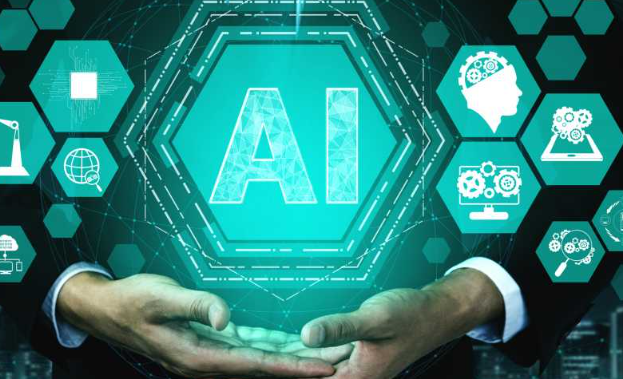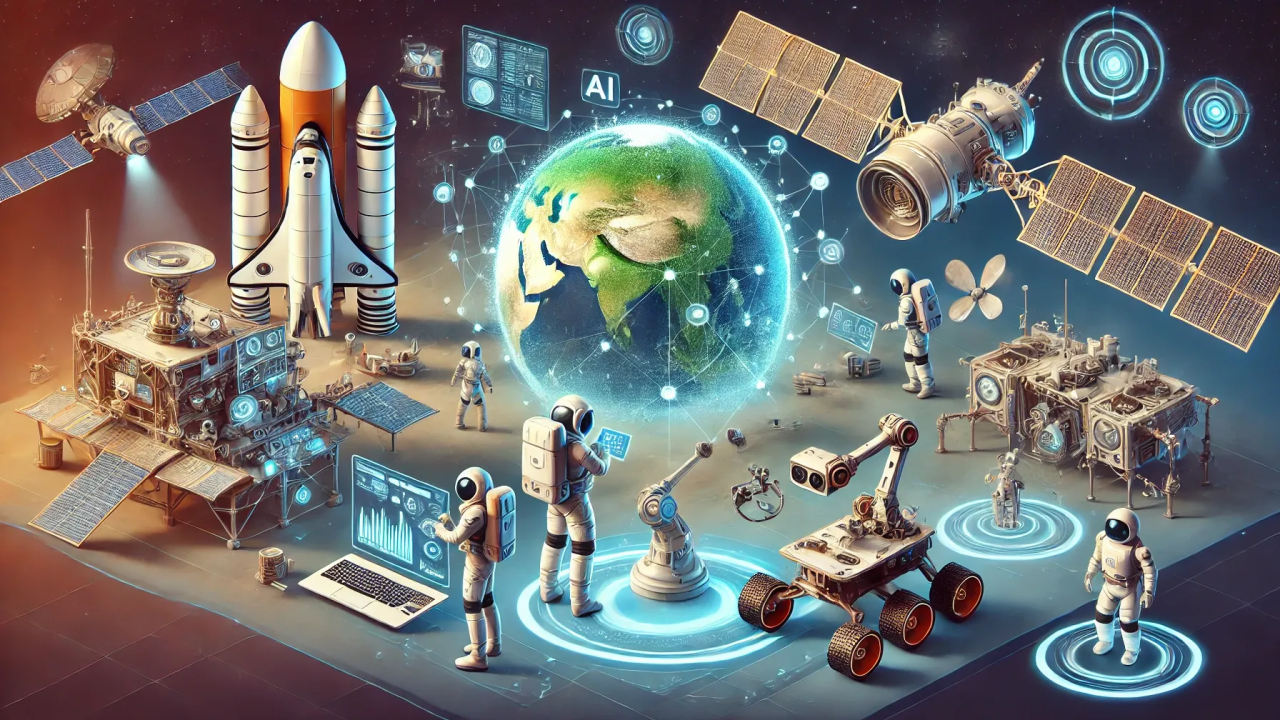Artificial Intelligence (AI) has evolved from a research curiosity into one of the most transformative forces in business. Its journey spans decades, marked by major milestones in computing, data, and automation. Understanding the history of AI in business helps us appreciate how far we’ve come — and how much more is possible.
1950s–1970s: The Birth of AI Concepts
The concept of AI emerged in the 1950s, with pioneers like Alan Turing, who proposed the idea of machines simulating human intelligence. In business, early computers were used mainly for calculations and data storage, but the idea of intelligent automation began to take root. AI at this time was still largely theoretical, with limited business applications.
1980s: Expert Systems in Enterprises
The 1980s saw the first commercial applications of AI through “expert systems” — rule-based programs that mimicked human decision-making in specific domains. These systems were used in fields like finance and manufacturing to assist in decision-making and troubleshooting. However, they required constant updating and were limited by computing power.
1990s: AI Meets Big Data
The rise of the internet and advances in data storage during the 1990s gave AI new life. Businesses began to collect large amounts of customer and operational data. Algorithms like neural networks and decision trees were used for fraud detection, credit scoring, and logistics. AI was still in its early commercial phase but began gaining credibility.
2000s: Automation and Data-Driven Decisions
AI became more practical in the early 2000s as computing became more affordable and cloud storage allowed for handling big data. Companies started using AI for data mining, customer relationship management (CRM), and basic automation. AI was also being used in recommendation engines, such as those adopted by Amazon and Netflix.
2010s: AI Becomes Mainstream in Business
With advances in machine learning and natural language processing, AI found wide adoption in customer service, marketing, logistics, and product development. Tools like chatbots, image recognition, and voice assistants became common. Companies like Google, Microsoft, and IBM launched AI platforms that made it easier for businesses to integrate AI solutions.
2020s: AI at the Core of Digital Transformation
AI has become a strategic priority across industries. Today, businesses use AI for predictive analytics, real-time personalization, automation, cybersecurity, and supply chain optimization. Generative AI, such as ChatGPT and image-generation tools, is enabling new forms of creativity, content creation, and customer interaction. AI is no longer just a support tool — it’s becoming central to innovation and competitive advantage.
Conclusion
The history of AI in business reflects a steady evolution from experimental systems to essential enterprise tools. As AI continues to develop, businesses will increasingly rely on it not just to improve processes, but to create entirely new products, services, and strategies. Looking back reveals how AI’s slow beginnings laid the groundwork for today’s rapid transformation.







Leave feedback about this